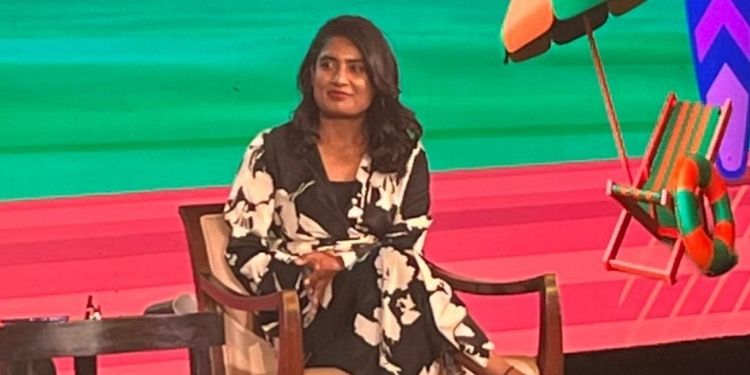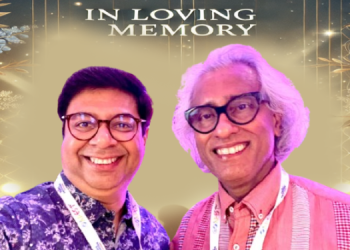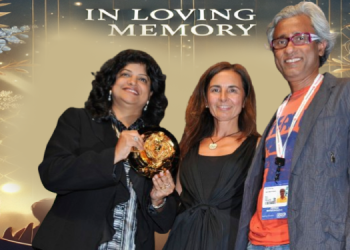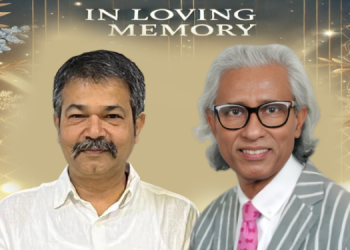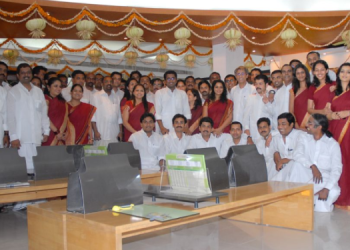Asked about when women’s cricket in India would reach the level of popularity and remuneration that men’s cricket enjoys, one might have expected a different answer, even if it cloaked her rightful angst, from the Indian women’s cricket team captain Mithali Raj.
But opening proceedings on day three of Goafest 2022, the woman who has inspired many Indian girls to pick up the sport, put a different spin on the disparity — a logical one.
She underlined that one must not compare sport, be it women’s tennis and men’s tennis or women’s cricket and men’s cricket.
“Every sport goes through a journey. Men’s cricket has also come a long way, from the 1983 World Cup and the 2011 World Cup to now. Years and years of thinking about players and the game have gone into making men’s cricket what it is today (sic). We (women’s cricket) are also on that journey. I am sure that in few years, the fame and remuneration will be on par,” said Raj, in conversation with Mirror Now’s Sharlene Lobo.
Backing One’s Choices
Raj, who has to her name 7805 IDI runs, the most by any woman cricketer in the world, recalled instances of family and society disapproving of her choosing sports and especially cricket, where one spends the entire day in the sun.There was an instance, she recounted, when her grandmother took her mother to task when Mithali came back home with stitches on her face from a game injury. At the same time, she is grateful for all the support she has received through her career.
The first cricketer to play in six women’s world cups also revealed how she qualified for her first.
“There were times when I had to miss the entire calendar year and sit and writee the exams in the principal’s room during the summer vacation,” she said. She also ended up missing her 12th board exams, an admittedly difficult decision. The toss up was between that and a chance to make it to the Indian team — in what would be her first World Cup.
“My parents asked me what I wanted to do. Like any child, I said I did not want to miss a year. It took a week for my parents to pacify me. They wanted me to stand a chance (of making it to the world cup team). I made a pact with myself. If I have to forego my boards might as well not just do what it takes to make it to the team, but make it to the playing XI. It’s about the priorities, the choices you make at that point in your life and career,” she reflected.
Women’s Cricket in India: 2005 vs 2017
The host Lobo asked Raj about the difference in the reception that the team received when it returned from the 2005 world cup as finalists, and when it repeated the feat in 2017.
“In 2005, we were not under the BCCI but under WCI, which wasn’t so strongly funded then. Sometimes we used to go through an entire year without a series. When we came back in 2005, we were received by just family members and friends at the airport,” recounted Raj.
By 2017, things had changed. The team came under the fold of the BCCI in 2007. Tournaments were organised better, facilities for training were available and players got educated on how to avoid injuries and deal with them, among other things, explained the cricketer — all changes for the better.
“The 2017 world cup was marketed brilliantly. Social media came into play, amplifying everything you do. ICC did a brilliant job and it was good publicity for women’s cricket. All the matches were televised. It helped enhance the profile of women’s cricket globally,” the cricketer noted.
On her biopic Shaabash Mithu starring Taapsee Pannu releasing 15th July 2022, Raj said the intent is to inspire more young women to take up sport — any sport. She added that it would also be a tribute to so many unknown women who took up the sport before her, before its time had come, and inspired her as a young girl to wield the willow.

